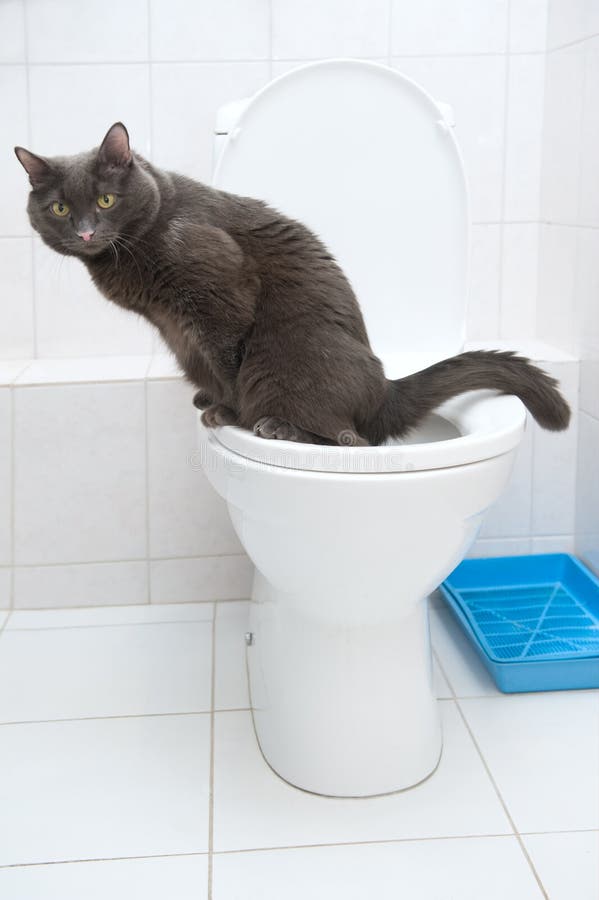Hazards of Flushing Cat Poop Down Your Toilet - Prevent Potential Issues
Hazards of Flushing Cat Poop Down Your Toilet - Prevent Potential Issues
Blog Article
Just how do you actually feel when it comes to Can You Flush Cat Poop Down The Toilet??

Introduction
As cat owners, it's necessary to be mindful of how we deal with our feline buddies' waste. While it may seem hassle-free to purge feline poop down the toilet, this method can have detrimental repercussions for both the setting and human health.
Ecological Impact
Flushing cat poop introduces dangerous microorganisms and bloodsuckers right into the supply of water, posing a substantial risk to marine environments. These contaminants can negatively influence marine life and concession water quality.
Health and wellness Risks
Along with environmental problems, flushing feline waste can likewise posture health and wellness risks to people. Pet cat feces might have Toxoplasma gondii, a bloodsucker that can cause toxoplasmosis-- a potentially extreme ailment, particularly for pregnant females and individuals with damaged body immune systems.
Alternatives to Flushing
Fortunately, there are safer and more accountable means to get rid of feline poop. Think about the following alternatives:
1. Scoop and Dispose in Trash
One of the most common technique of getting rid of cat poop is to scoop it into an eco-friendly bag and toss it in the trash. Be sure to make use of a specialized clutter inside story and dispose of the waste quickly.
2. Use Biodegradable Litter
Opt for eco-friendly cat trash made from products such as corn or wheat. These litters are environmentally friendly and can be securely thrown away in the garbage.
3. Bury in the Yard
If you have a lawn, consider hiding pet cat waste in a designated location far from veggie yards and water resources. Make certain to dig deep adequate to stop contamination of groundwater.
4. Set Up a Pet Waste Disposal System
Buy a pet waste disposal system specifically developed for cat waste. These systems use enzymes to break down the waste, reducing smell and ecological influence.
Verdict
Accountable pet possession expands beyond giving food and sanctuary-- it also entails correct waste administration. By refraining from purging feline poop down the commode and selecting alternative disposal techniques, we can minimize our ecological footprint and protect human wellness.
Why Can’t I Flush Cat Poop?
It Spreads a Parasite
Cats are frequently infected with a parasite called toxoplasma gondii. The parasite causes an infection called toxoplasmosis. It is usually harmless to cats. The parasite only uses cat poop as a host for its eggs. Otherwise, the cat’s immune system usually keeps the infection at low enough levels to maintain its own health. But it does not stop the develop of eggs. These eggs are tiny and surprisingly tough. They may survive for a year before they begin to grow. But that’s the problem.
Our wastewater system is not designed to deal with toxoplasmosis eggs. Instead, most eggs will flush from your toilet into sewers and wastewater management plants. After the sewage is treated for many other harmful things in it, it is typically released into local rivers, lakes, or oceans. Here, the toxoplasmosis eggs can find new hosts, including starfish, crabs, otters, and many other wildlife. For many, this is a significant risk to their health. Toxoplasmosis can also end up infecting water sources that are important for agriculture, which means our deer, pigs, and sheep can get infected too.
Is There Risk to Humans?
There can be a risk to human life from flushing cat poop down the toilet. If you do so, the parasites from your cat’s poop can end up in shellfish, game animals, or livestock. If this meat is then served raw or undercooked, the people who eat it can get sick.
In fact, according to the CDC, 40 million people in the United States are infected with toxoplasma gondii. They get it from exposure to infected seafood, or from some kind of cat poop contamination, like drinking from a stream that is contaminated or touching anything that has come into contact with cat poop. That includes just cleaning a cat litter box.
Most people who get infected with these parasites will not develop any symptoms. However, for pregnant women or for those with compromised immune systems, the parasite can cause severe health problems.
How to Handle Cat Poop
The best way to handle cat poop is actually to clean the box more often. The eggs that the parasite sheds will not become active until one to five days after the cat poops. That means that if you clean daily, you’re much less likely to come into direct contact with infectious eggs.
That said, always dispose of cat poop in the garbage and not down the toilet. Wash your hands before and after you clean the litter box, and bring the bag of poop right outside to your garbage bins.
https://trenchlesssolutionsusa.com/why-cant-i-flush-cat-poop/

We hope you enjoyed reading our post about Don’t flush cat feces down the toilet. Thanks for taking a few minutes to read our post. Liked our write up? Please share it. Help somebody else locate it. I appreciate reading our article about How to Dispose of Cat Poop and Litter Without Plastic Bags.
Source Report this page